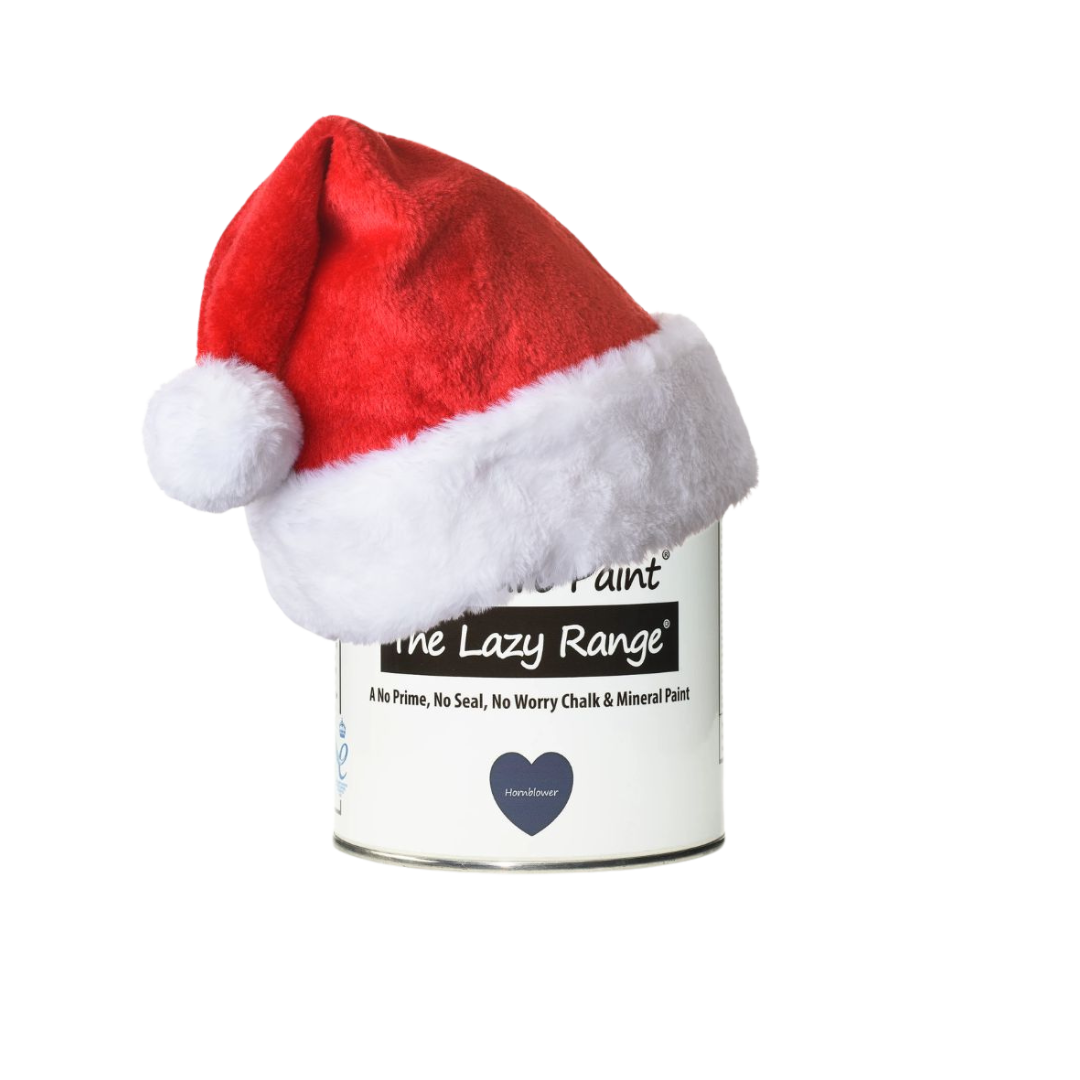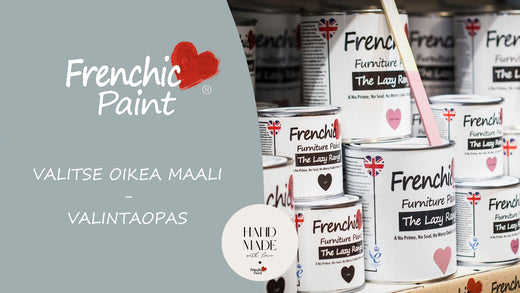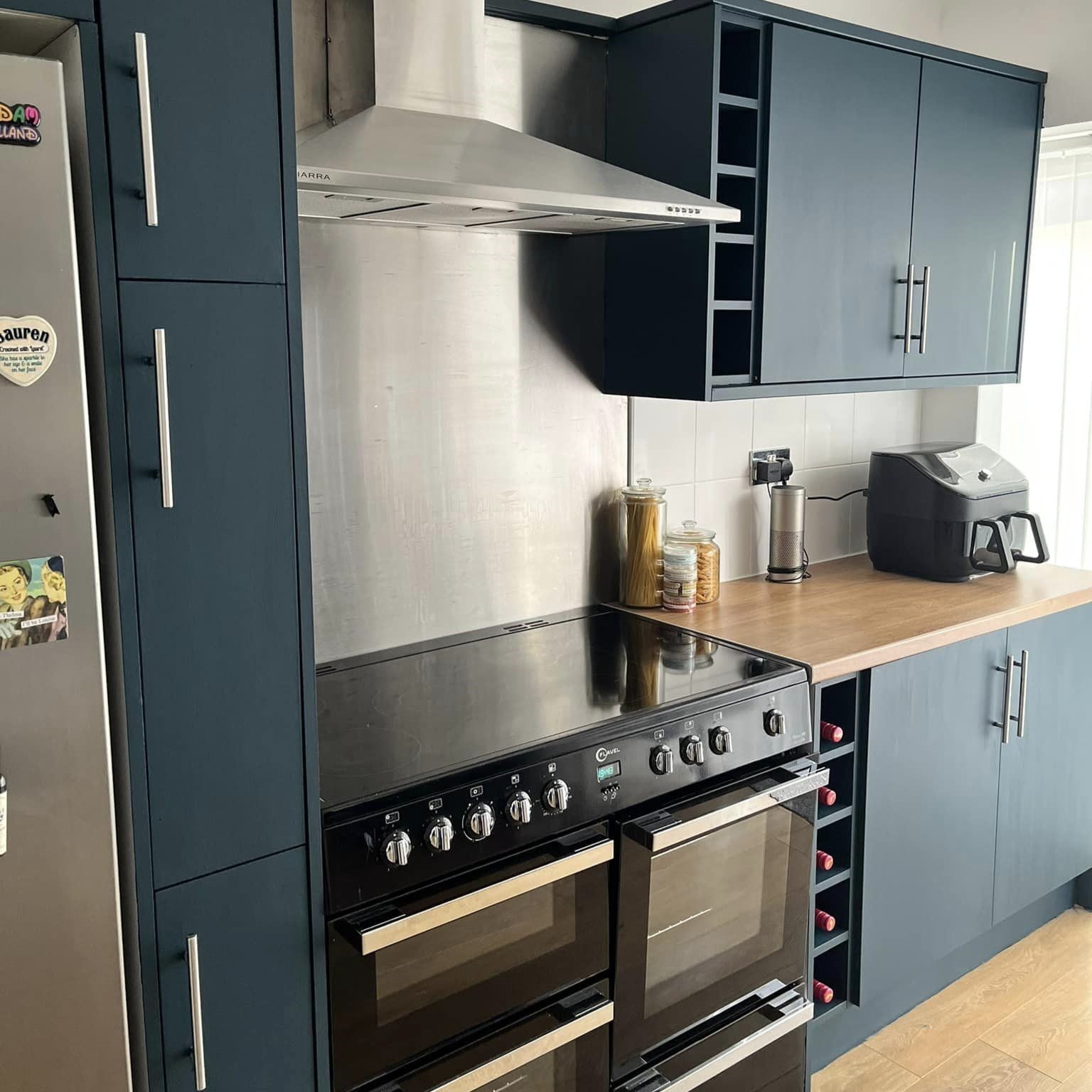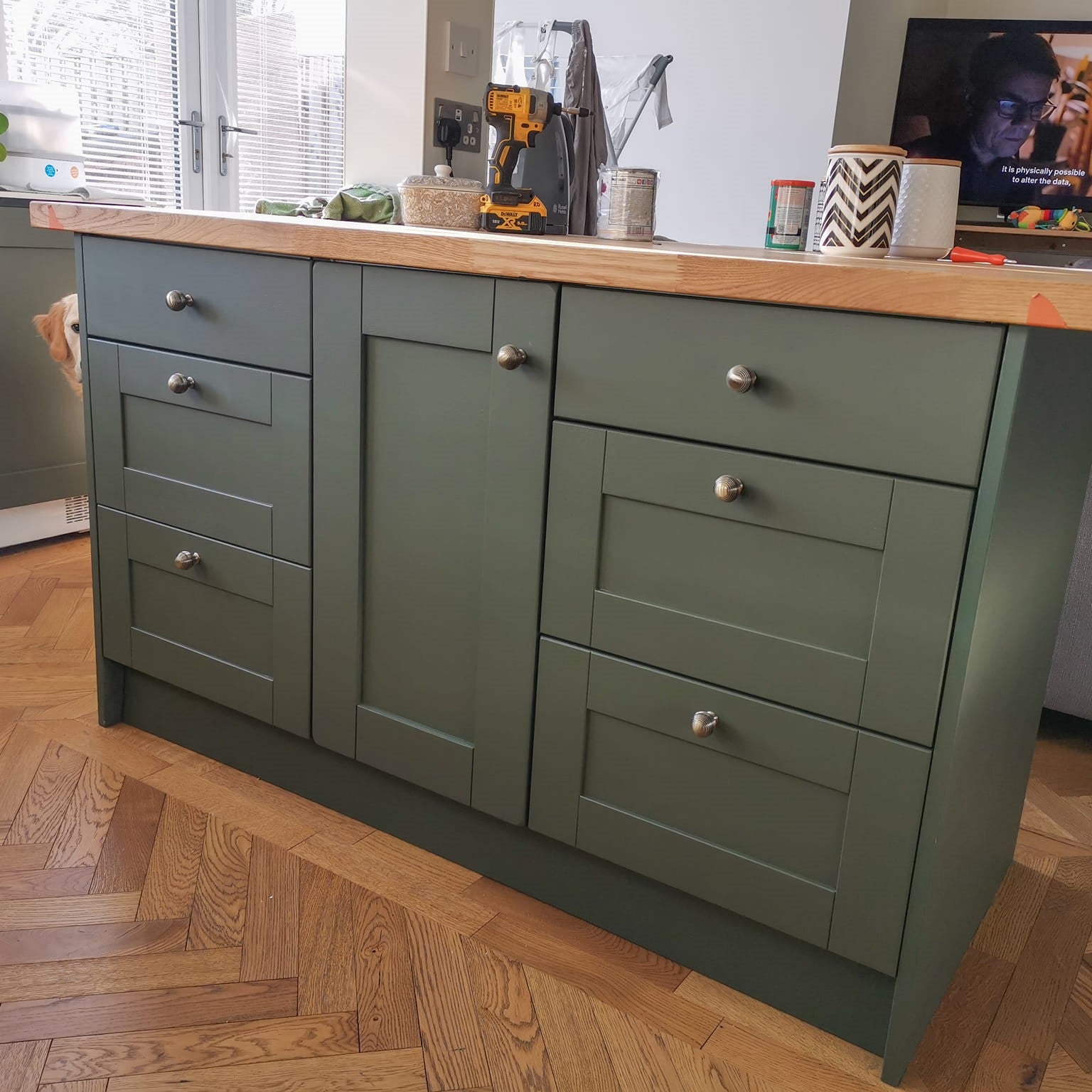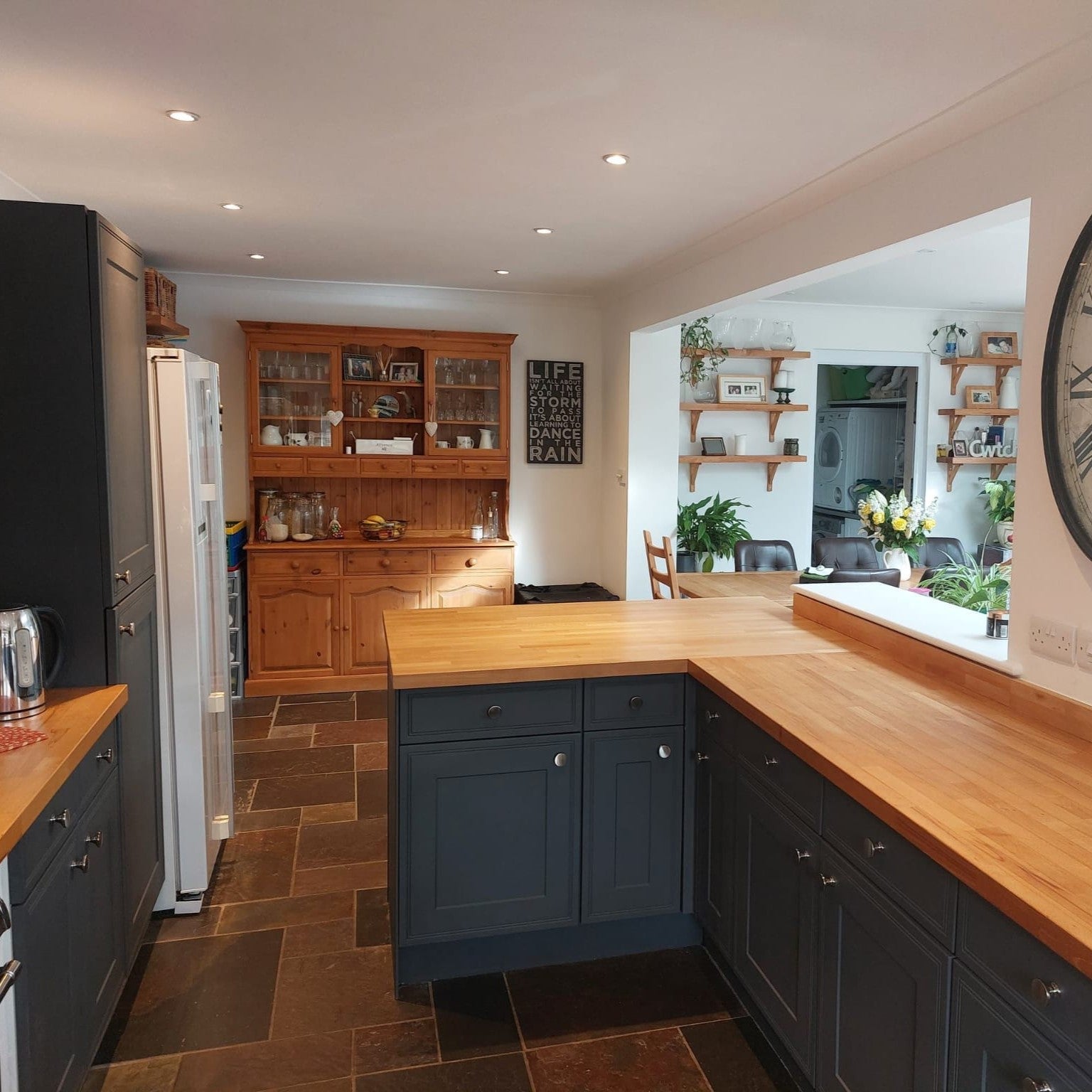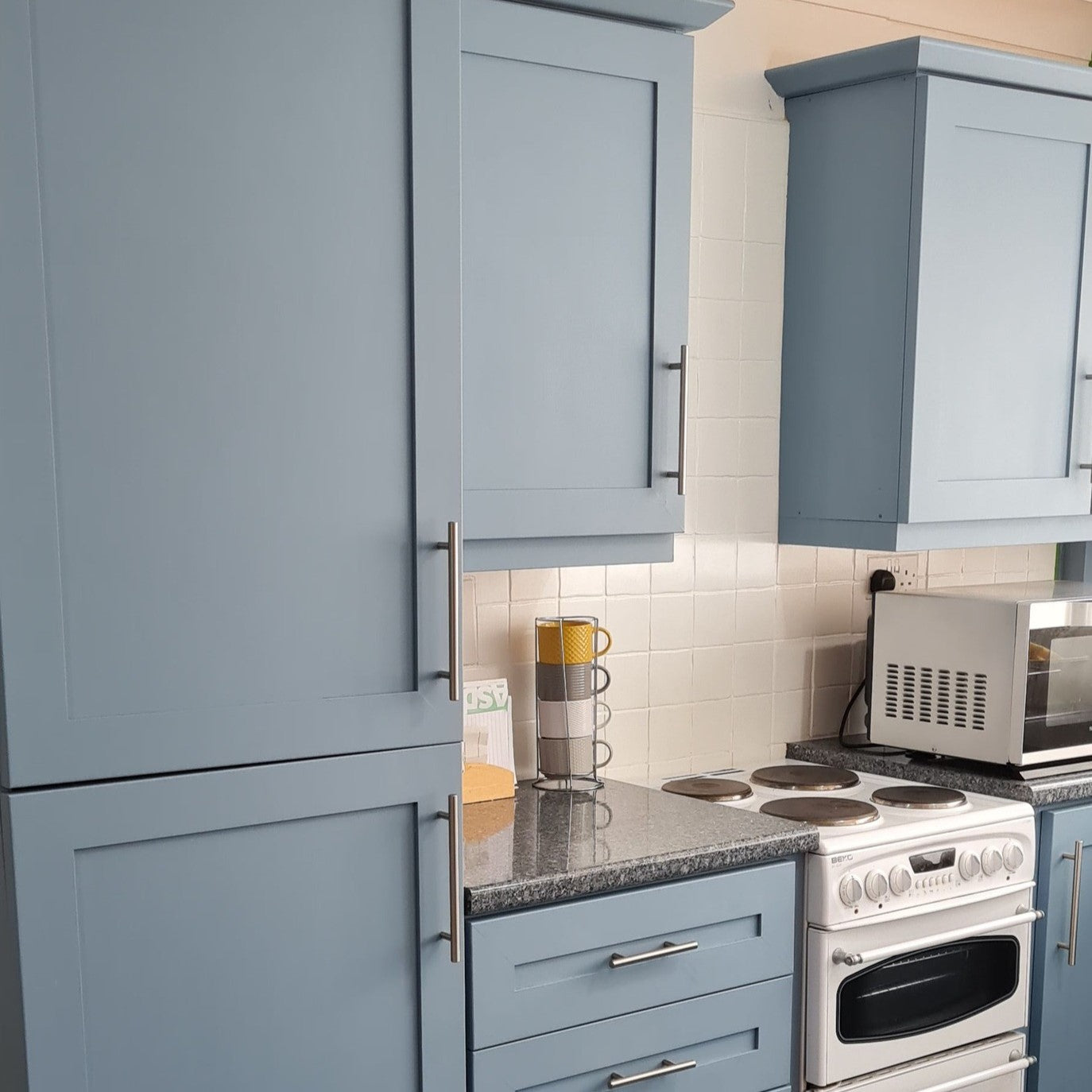 How to Prime Porous Surfaces Before Painting – Smooth Finish with Frenchic Paint
How to Prime Porous Surfaces Before Painting – Smooth Finish with Frenchic Paint
When you want to paint bare wood, MDF board, or a brick wall, a common problem arises: the porous surface immediately absorbs the moisture from the paint in the first coat. The result can be blotchy, and you may use more paint than necessary.
Fortunately, the solution is easy – with a few priming tips, you can achieve a beautiful and even surface!
Seal the Surface with Finishing Coat
By using Finishing Coat as a sealer, you use less topcoat paint and achieve a flawless result. Choose either a glossy or matte finish if you leave the Finishing Coat visible, such as when protecting old brick surfaces.
Glossy: Finishing Coat. Matte: Tuff Top Coat.


One of the surest ways to get a smooth base for painting is to treat the surface with 2–3 coats of Finishing Coat.
This works especially well on walls and furniture:
-
new panels and wood boards
-
bare wood and MDF boards
-
brick walls and block surfaces
After the first coat dries, the wood surface may feel rough. This is usually because the wood grain rises due to moisture. Light sanding with fine sandpaper smooths the surface again. Use respiratory protection if you need to sand bare MDF surfaces.
Tip: Apply Finishing Coat easily with a clean sponge. You can also mix in a little Frenchic paint – this way the clear-drying finish gains color and improves coverage.
Thinned Paint Layer for Large Surfaces
If you are painting large porous surfaces, such as sanded wooden floors, log walls, new panel ceilings, or plasterboard walls, you can start with a mist coat. This means thinning the first paint coat by adding 5–10% water.
Because the layer is thinner, always paint over it with the number of coats recommended by the manufacturer. This way you get a beautiful and durable result.
Summary – How to Succeed
-
Porous surfaces (wood, MDF, brick) absorb paint → priming is important
-
Finishing Coat 2–3 coats make the surface even
-
Mist coat works on large surfaces
-
Light sanding after the first coat ensures a smooth finish
- Remember to stir the paint thoroughly from the bottom before starting
With these tips, you avoid blotchy results and unnecessary paint consumption. Painting with Frenchic paint is easy, and the result is beautiful and durable!
